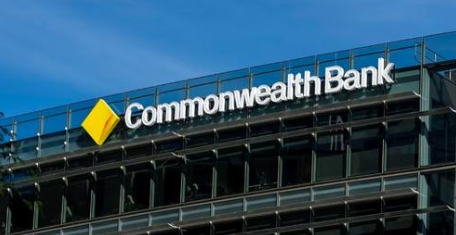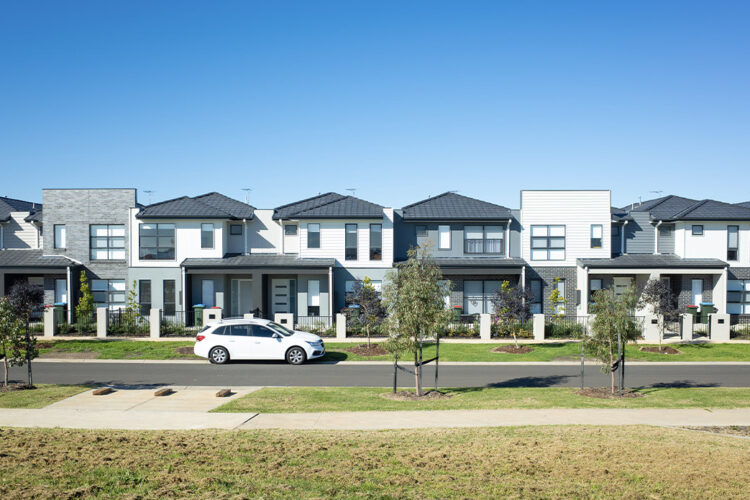Australia’s housing market may have reached a turning point with house prices in the combined capitals increasing for the first time in a year.
While the 10 consecutive months of house price declines may have come as good news for first-time buyers, it had many existing mortgage borrowers watching with bated breath. But the tide could be turning, according to the latest data from Domain.
Indeed, last month saw the national home values lift by 0.6 per cent, according to CoreLogic, which could mark the turning point for national property price declines, with the latest data by Domain for the quarter ended March 2023, revealing that house prices across the combined capitals increased over the March quarter for the first time in a year.
Domain’s House Price Report for the March quarter showed house prices in Sydney, Adelaide, and Perth increased over the quarter, while they remained stable in Melbourne and Brisbane.
Domain’s chief of research and economics Dr Nicola Powell said Australia’s housing market had now “fully reverted back to a multi-speed market”, meaning different markets are growing at different rates as they were pre-pandemic.
She said this is providing opportunities for both buyers and sellers in different locations.
“The shift is being led by our larger capital cities which normally lead the property market recovery given that historically, they hit a peak price earlier and fall faster,” she said.
The data showed Sydney’s house prices lifted 1.3 per cent over the quarter, which was moderate compared to the historical average of 2.8 per cent and down by -8.4 per cent for the year.
The capital’s median house price reached $1.45 million, down from $1.59 million in March 2022.
However, the data suggests that “Sydney house prices have passed a trough to end the steepest downturn the Sydney property market has ever seen”, Ms Powell said.
Adelaide house prices reached a new record high after rising for the 11th consecutive quarter (up 0.4 per cent for the March quarter or 5.6 per cent year on year), albeit are slowing, the data showed.
“This continuous stretch of rising prices means home owners have witnessed a new record house price every quarter for almost three years,” Ms Powell said.
The median house price in Adelaide has reached $795,000.
Stable conditions persist in Melbourne suggesting house prices are currently at or close to the bottom of the price cycle, Ms Powell said.
House prices fell by 0.5 per cent in Melbourne, taking the median house price to just above $1 million ($1,023,000).
Brisbane’s housing market dropped marginally by -0.1 per cent, taking its median house price to $805,818 and marking an annual fall of -4.9 per cent.
Looking at the smaller capitals, Perth house prices increased over the March quarter to a record high (up 1.2 per cent), while Darwin and Hobart both reported falls (3.1 per cent and 2.9 per cent, respectively).
Ms Powell said house prices have fallen for four consecutive quarters in Hobart, producing the longest stretch of declines in the city’s history, with the annual decline almost hitting 10 per cent.
Weak new listings
With interest rates at an 11-year high placing significant pressure on borrowing capacity, there has been a pullback from sellers, resulting in a weak flow of new listings.
Total homes for sale have dropped 15 per cent below the five-year average for the combined capitals, Ms Powell explained.
“Lower listings are creating rising competition between buyers and helping to improve prices in certain markets,” she added.
“As prices lift in certain areas, it’s a timely reminder that interest rates are not the only factor influencing housing activity and prices.”
For example, population growth is rebounding faster than anticipated, extremely tight rental markets are also making purchasing more attractive, and, at the same time, inflation is easing.
“This could have a positive sentiment flow on to consumers and the push needed for buyers and sellers to return to the housing market,” she added.


